Wonders of the world
The temples in My Son are typical of Champa religious architecture. With a history of continuous construction and development over 9 centuries, the temples here have many rich architectural styles, but in general, the temples have a soaring posture symbolizing the greatness and purity of Mount Meru (India).
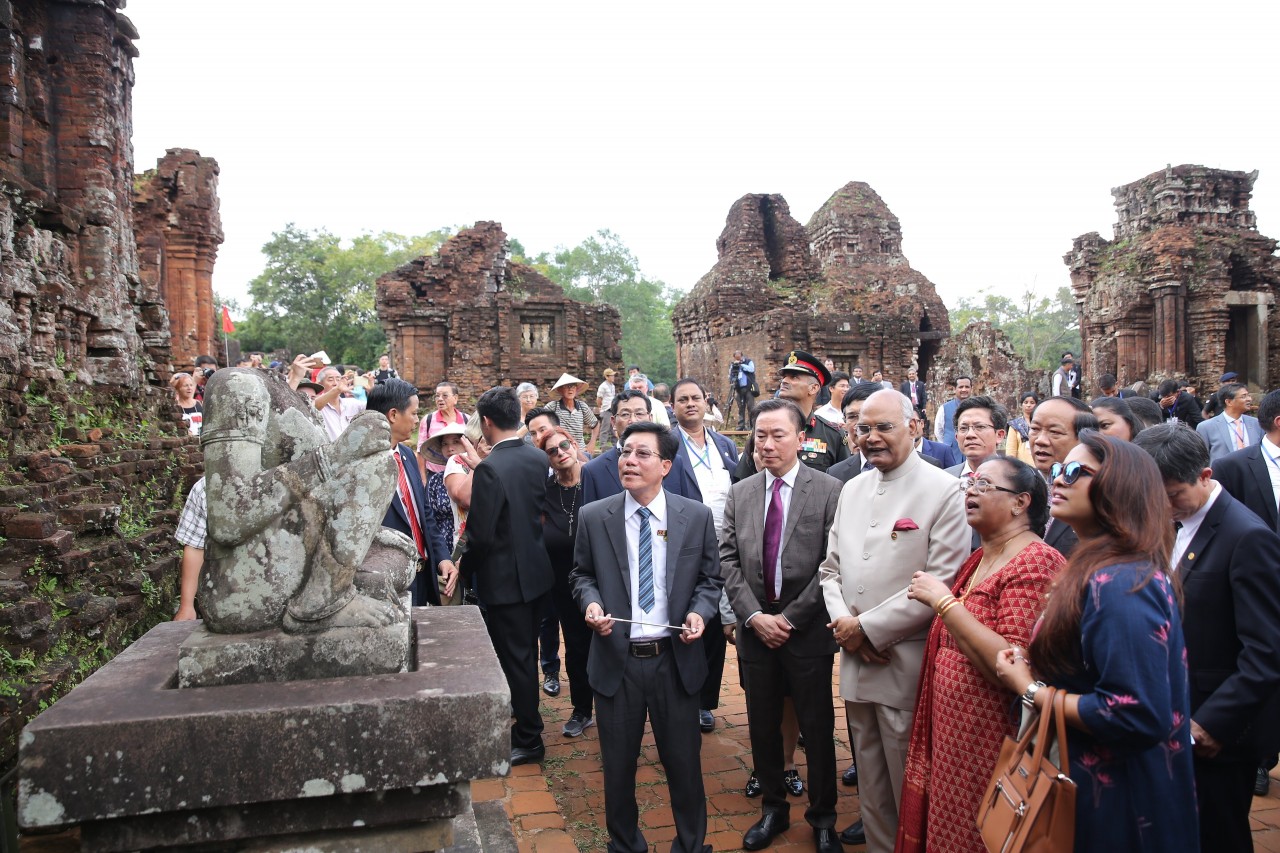 |
| In 2018, Indian President Ram Nath Kovind took a walk at My Son Relic Site (Duy Xuyen District, Quang Nam). |
Most of the temples and auxiliary structures were built of bricks with a sophisticated technique. The decorative motifs on the stone pillars along with the round statues and sandstone reliefs were carved based on Hindu myths... The harmonious combination with the sophisticated carvings on the brick walls outside the towers has created for the My Son temple complex a lively and beautiful beauty with the most typical features of Champa art styles.
| In 2018, Indian President Ram Nath Kovind took a walk at My Son relic site (Duy Xuyen district, Quang Nam). Writing in the guest book at My Son relic site, Mr. Ram Nath Kovind shared: “This is the leading center of Champa culture, many people from my country come here. I thank the people of Quang Nam for their affection for our country's experts working there. Thank you to the people of Quang Nam for preserving My Son to develop to this day.” |
Kazik, a talented architect who has been associated with My Son for many years, exclaimed, “The ancient Champa people put their spirituality into the soil and rocks, and knew how to rely on nature to create a magnificent, solemn, and majestic My Son. This is a priceless museum of architectural sculpture and art of humanity.”
The blaze of a brilliant Champa civilization
In the 4th century, under the Bhadravaman dynasty, My Son valley was chosen as an important religious and spiritual center of the Champa kingdom.
At My Son, King Bhadravaman built temples, performed ceremonies, and worshiped. A place to confirm to the gods the reign of the Champa kings. The place where the temples were built to commemorate the great victories and conquests, and also where the kings, after death, their souls were gathered with the Hindu gods, especially the god Shiva (the almighty), considered the founder of the Champa kingdom.
At that time, the worship of Shiva – the creator and destroyer of Hinduism was merged with the king to worship at My Son. The first temple was built of wood, worshiping the god – king Bhadresvara is a combination of this form (combining the name of god Isvara – that is Siva – with the name of king Bhadravarman) the god is worshiped in the form of a genital symbol. This linga worship is the oldest expression of the combination of royal power and divine power in Southeast Asia.
The maritime trade route between Champa and ancient medieval countries lasted nearly ten centuries, with a history of formation and many changes associated with the development of the Champa kingdom, along with the combination of regional and area connections, the number of temples and towers being built day by day, My Son became a place marking the brilliant and unique development of Champa art.
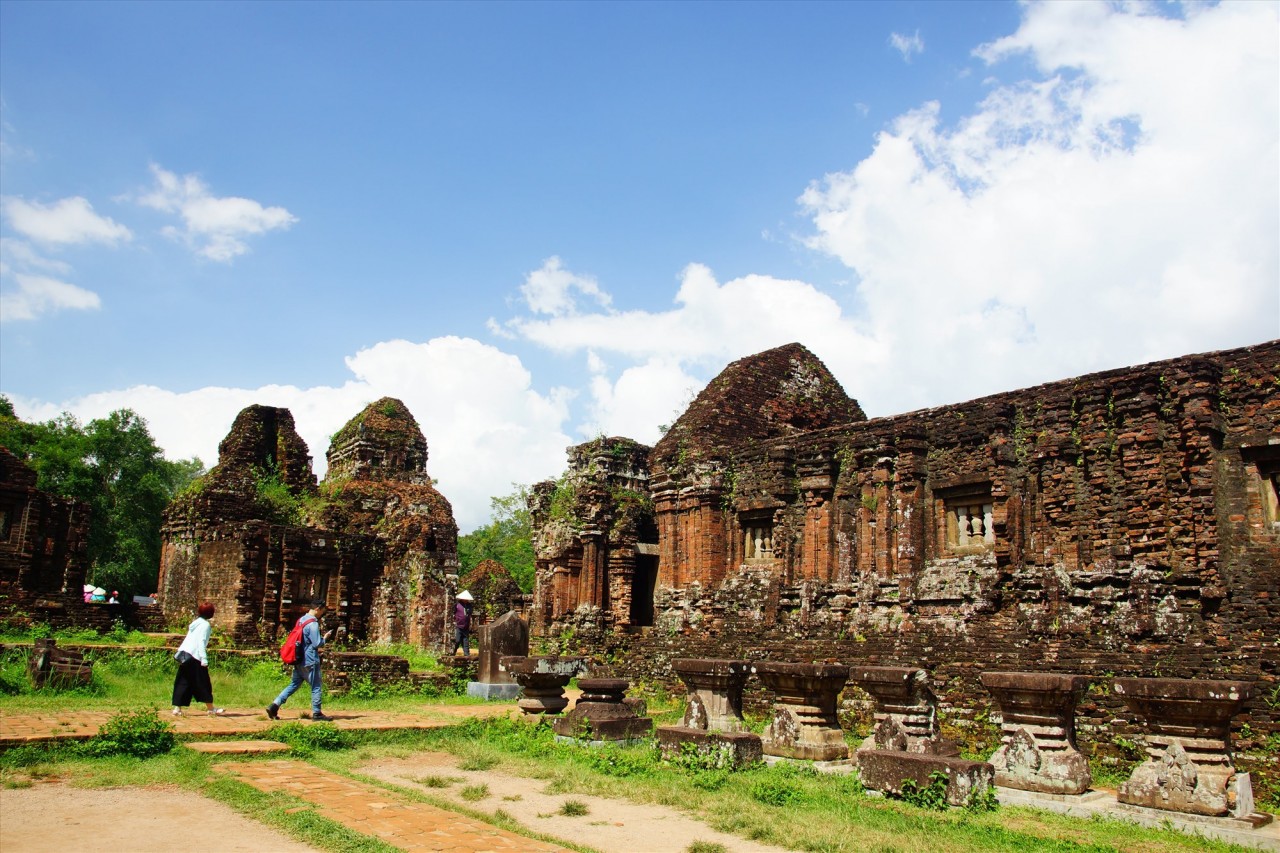 |
| My Son Sanctuary, a wonder of humanity. |
But the wars in the 11th century between Champa and neighboring countries destroyed the Champa kingdom and the temples in the My Son area. The kings who followed only offered wealth and sacrifices. King Harivarman V and Giaya Indravarman III built more small temples in My Son. In 1149, Giaya Harivarman I ascended the throne and established a new capital in Vijaya (Do Ban, Binh Dinh), but also restored the churches and built two large temples in My Son. The king who succeeded Indravarman IV did not build much, but offered gold and silver to decorate the roofs of the temples. The amount of precious metals used was up to 1,470 kg.
In 1234, King Sri Jaya Paramesvaravaman II was the last king to contribute to the restoration of My Son. Since then, My Son has not been mentioned in any later documents. From Simhapura, or the bustling Dai Chiem seaport, many goods such as gold, agarwood, ivory, pepper... precious products were exchanged, creating a trade route between Champa and the outside, between the highlands and the lowlands. These activities brought wealth to the Cham dynasties who built the capital and holy city of My Son, at the same time, it was a place where different cultures interacted and assimilated, enriching the national quintessence.
My Son Heritage has an important spiritual position for the community, is the spiritual support of the ancient Cham people. It is a unique work of art that is valuable to this day.
| Indian experts support restoration of core zone of My Son Cultural Heritage In 2014, the Governments of Vietnam and India signed a Memorandum of Understanding on “Preservation and restoration of the world cultural heritage of My Son relic site”. Accordingly, India sponsored the preservation and restoration of the tower groups at My Son with a total budget of about 2.5 million USD. Over the years, thanks to the effective promotion of heritage conservation work associated with extensive international cooperation, My Son has contributed to the existence and promotion of its good values as it is today. Mr. Nguyen Cong Khiet, Deputy Director of the My Son Cultural Heritage Management Board, said that after 5 years (2017-2021) of implementing the Project to Preserve and Restore the World Cultural Heritage of My Son Relic Site, certain results have been achieved. The project has completed the restoration of tower K, area H; the on-site sightseeing and display of artifacts has also been put into service for tourists in 2018 and 2019. Works in area A such as towers A8, A10, A11, the surrounding wall, and the drainage system have been completed. Notably, the rediscovery and complete arrangement of the My Son A10 altar with the largest monolithic Linga - Yoni in Champa architectural sculpture; 70% of the restoration work of temple A1 has been completed. In addition, the project has trained many technical staff and skilled workers.
The project is decorated with typical motifs and patterns of the Indochinese style and is a rare intact altar still in place in the Shiva worship space through the ling-yoni symbol, dating back quite early to the 9th - 10th century. The My Son Cultural Heritage Management Board has prepared a dossier for Altar A10 to propose to the competent authority to recognize it as a National Treasure in the near future. Regarding restoration techniques, Indian experts still use the method of smoothing the brick surface and using otter oil as a binder. This is the method Italian experts used to restore the G tower group under the 3-party cooperation program of the Government of Italy - Vietnam - UNESCO. |
Source: https://thoidai.com.vn/thanh-dia-my-son-mot-khong-gian-van-hoa-an-do-o-viet-nam-160915.html


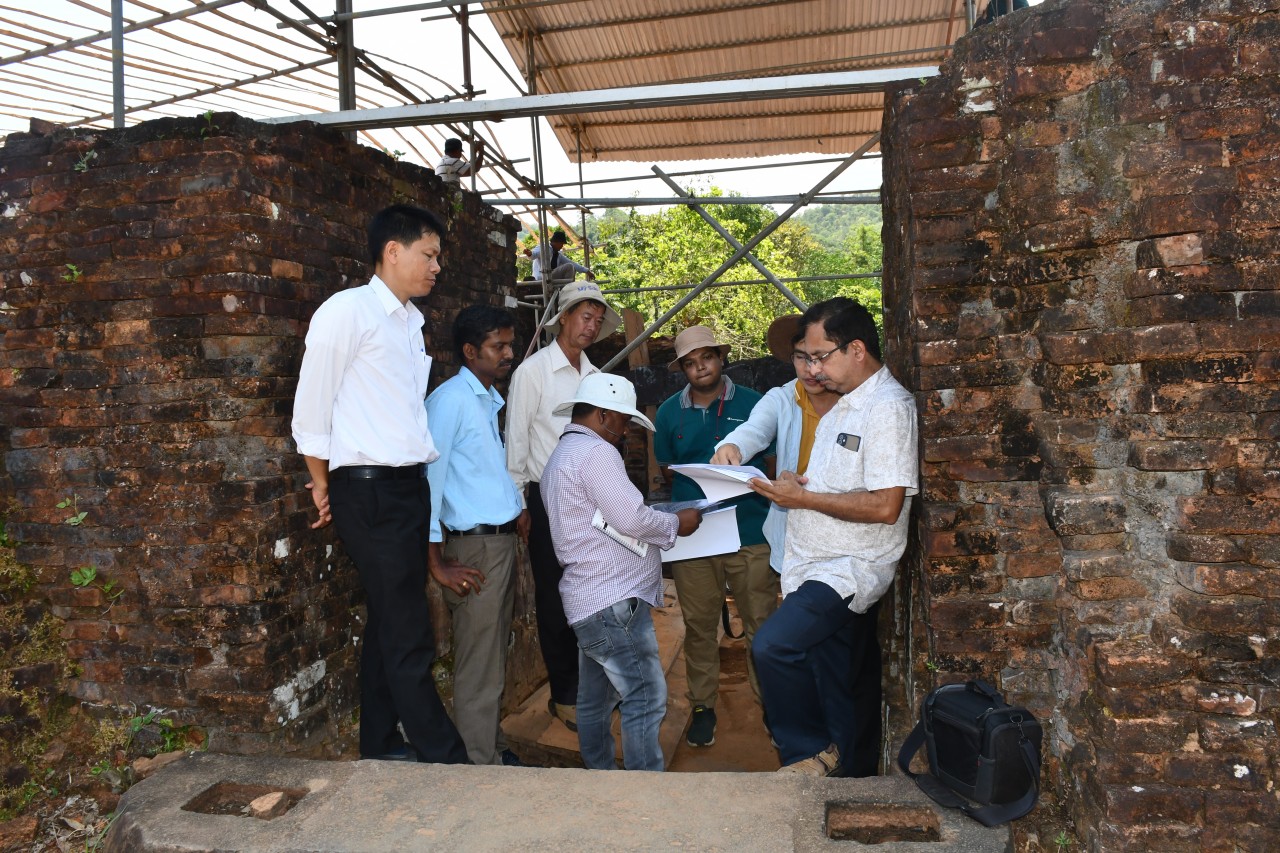
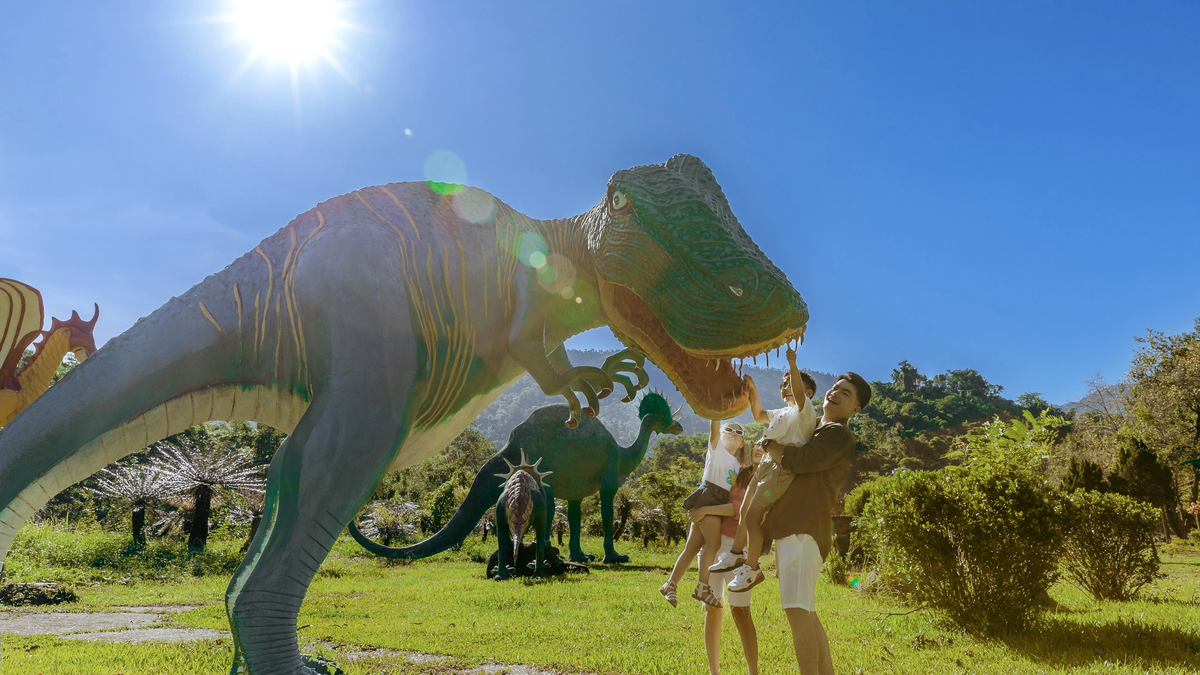
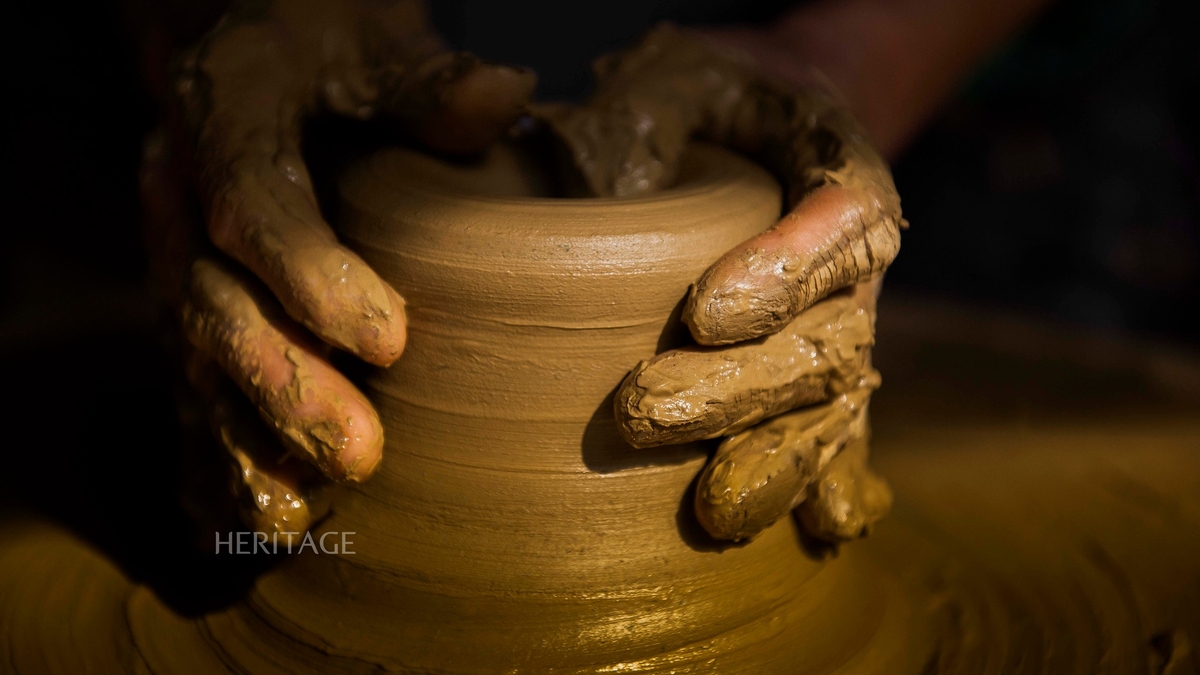
![[Photo] Closing ceremony of the 18th Congress of Hanoi Party Committee](https://vphoto.vietnam.vn/thumb/1200x675/vietnam/resource/IMAGE/2025/10/17/1760704850107_ndo_br_1-jpg.webp)

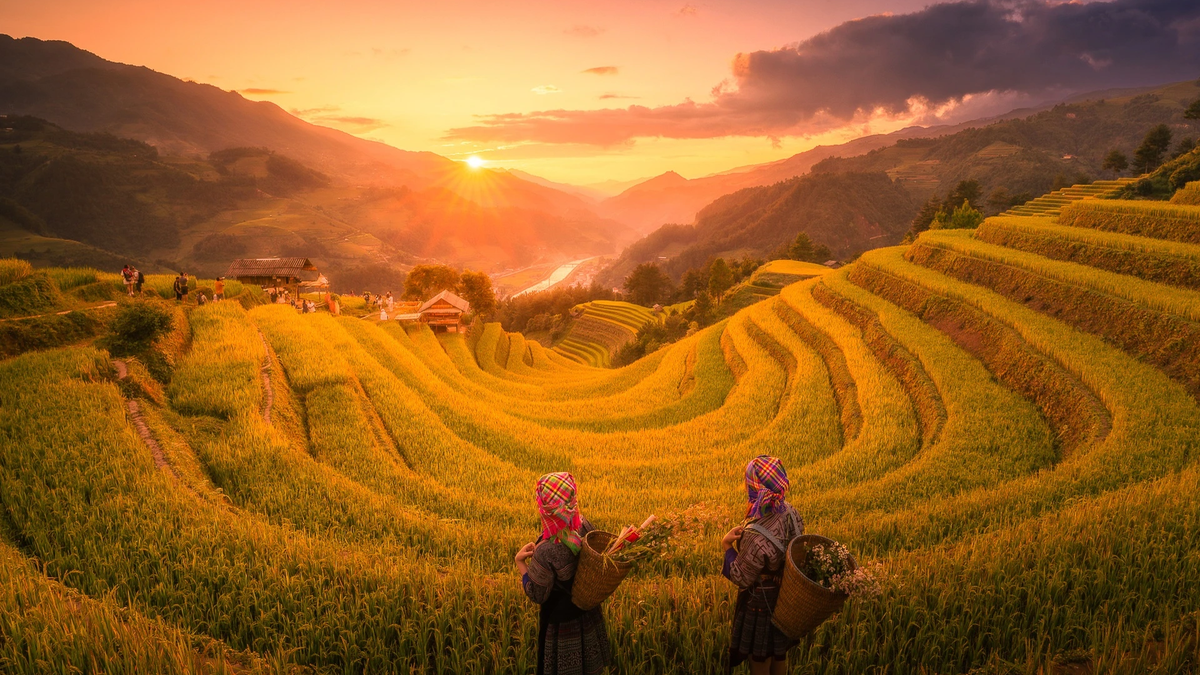
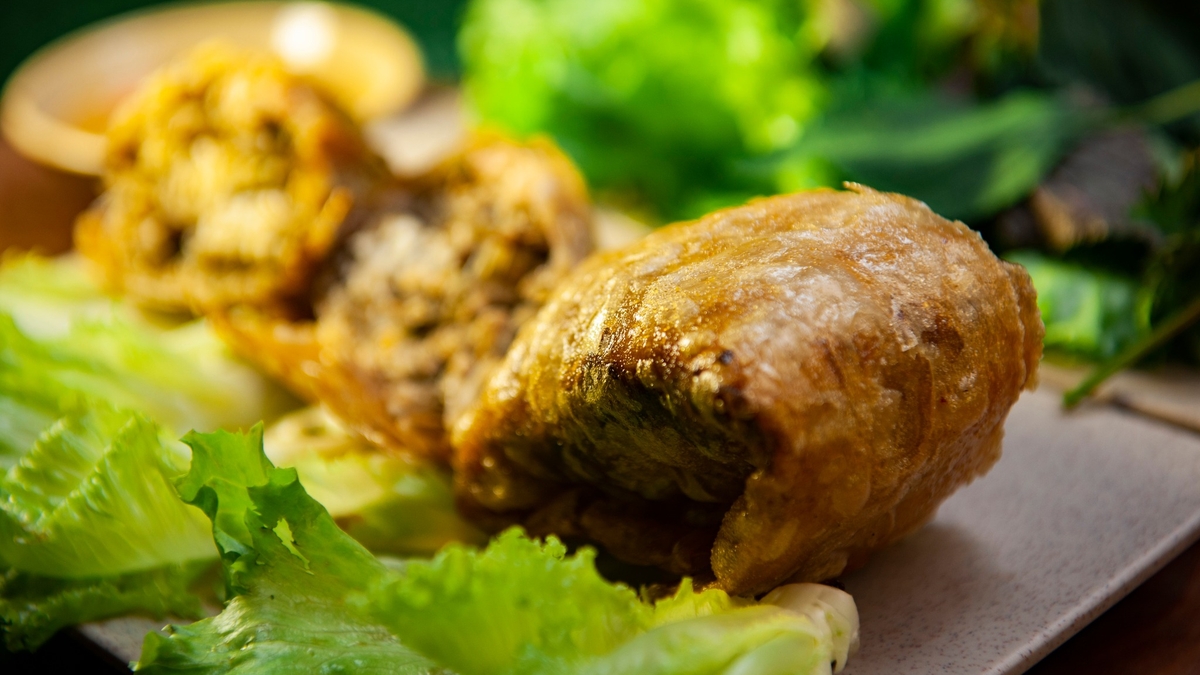
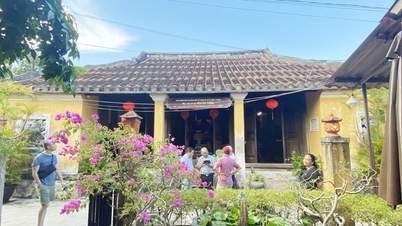

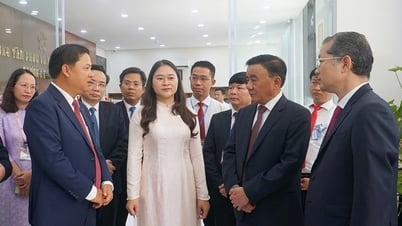
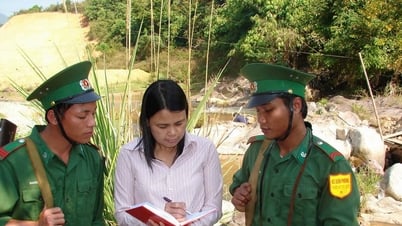

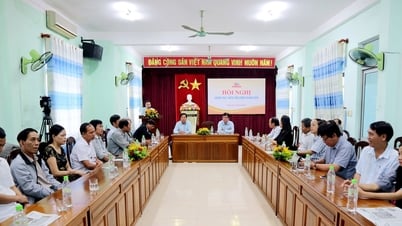
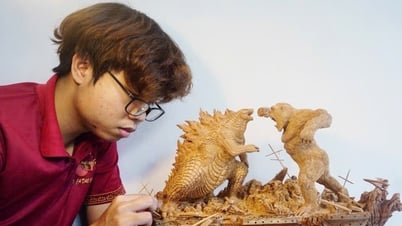

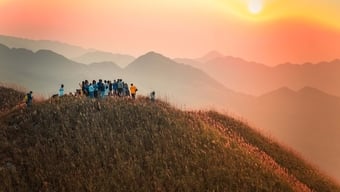
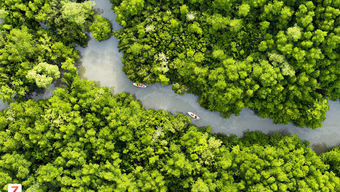
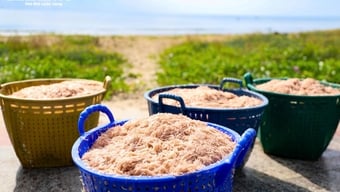

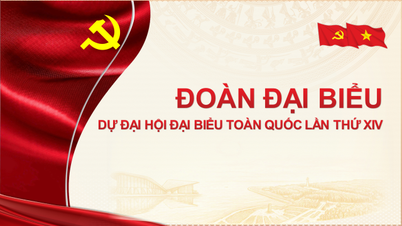

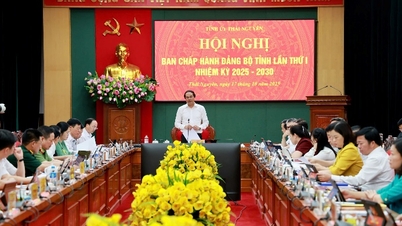
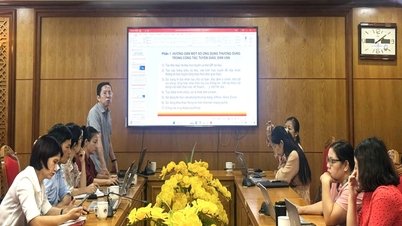

![[Photo] Nhan Dan Newspaper launches “Fatherland in the Heart: The Concert Film”](https://vphoto.vietnam.vn/thumb/1200x675/vietnam/resource/IMAGE/2025/10/16/1760622132545_thiet-ke-chua-co-ten-36-png.webp)
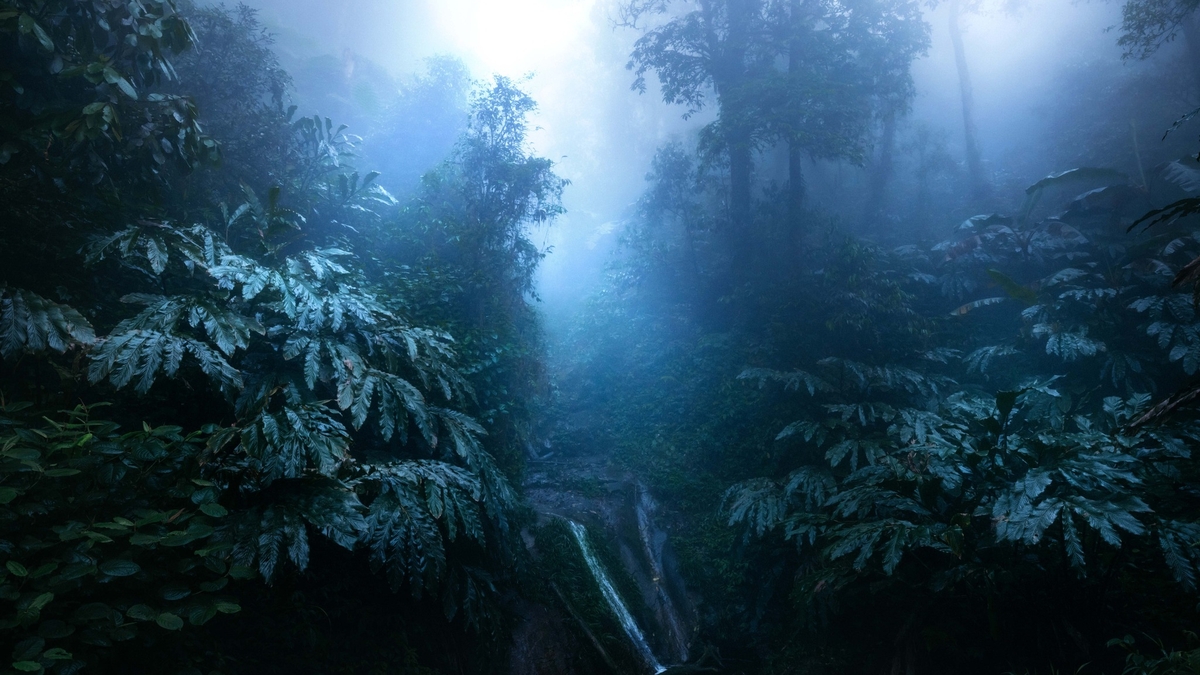


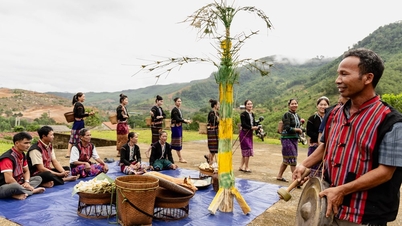

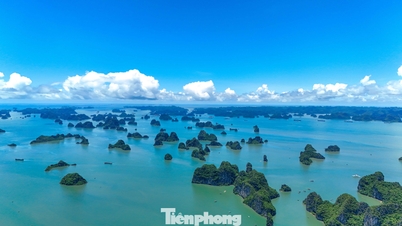

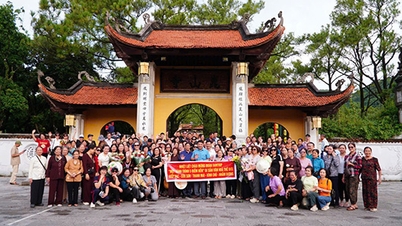








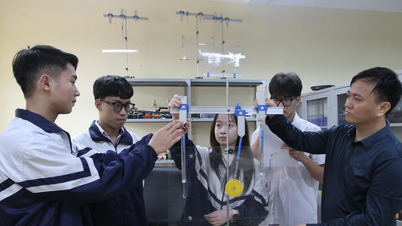

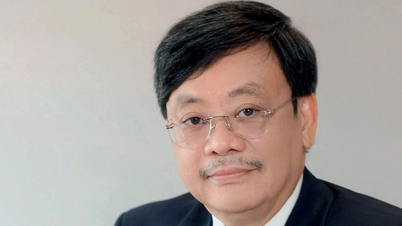








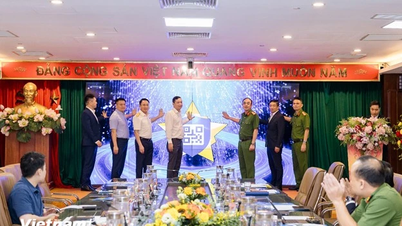
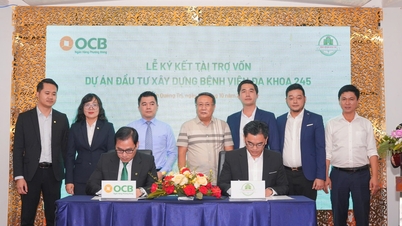
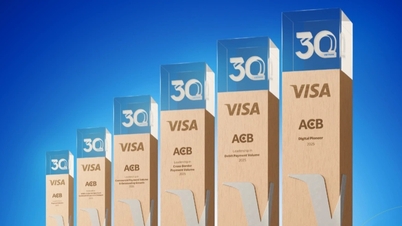
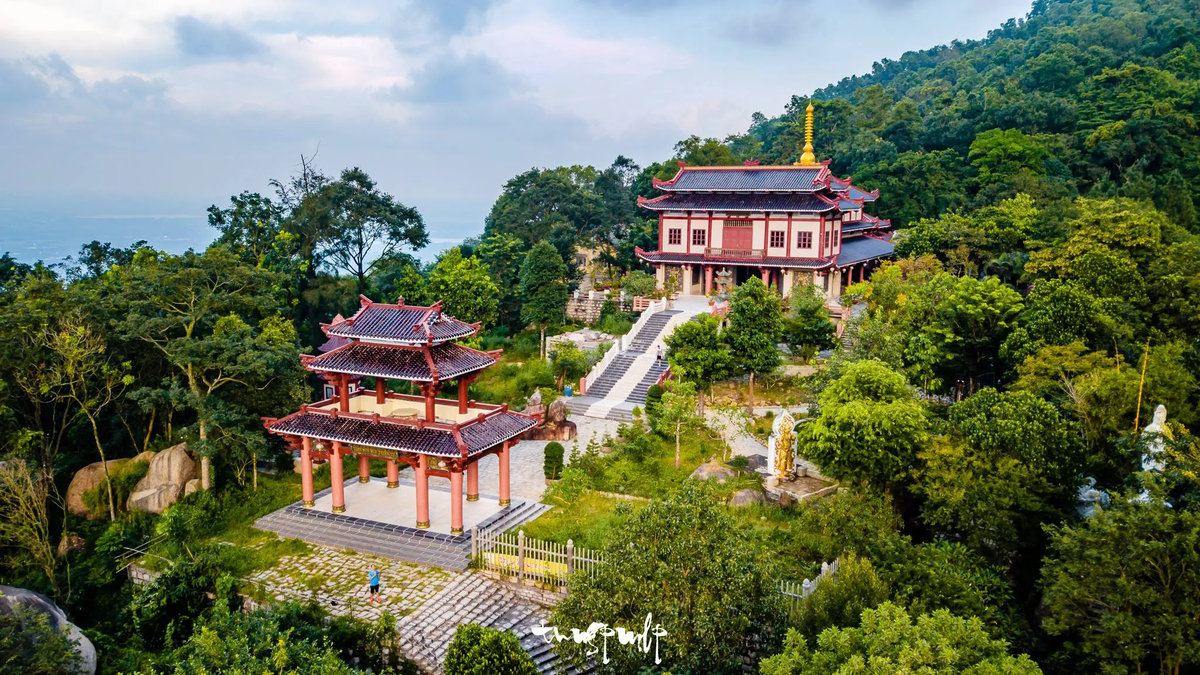
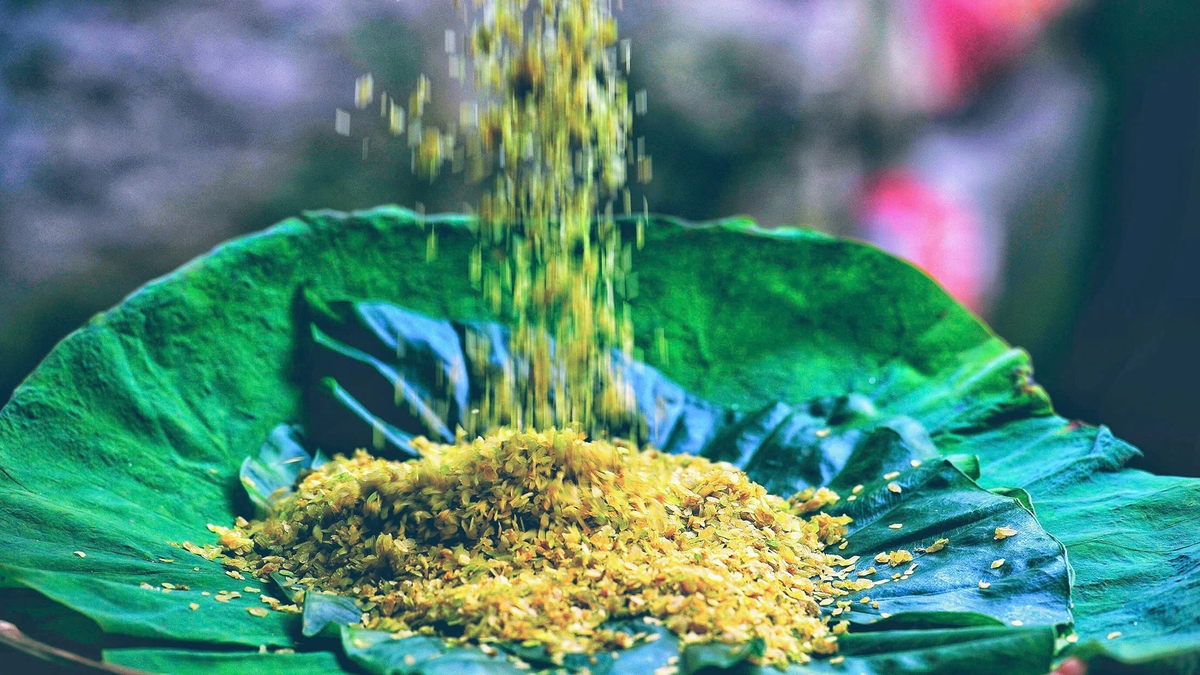
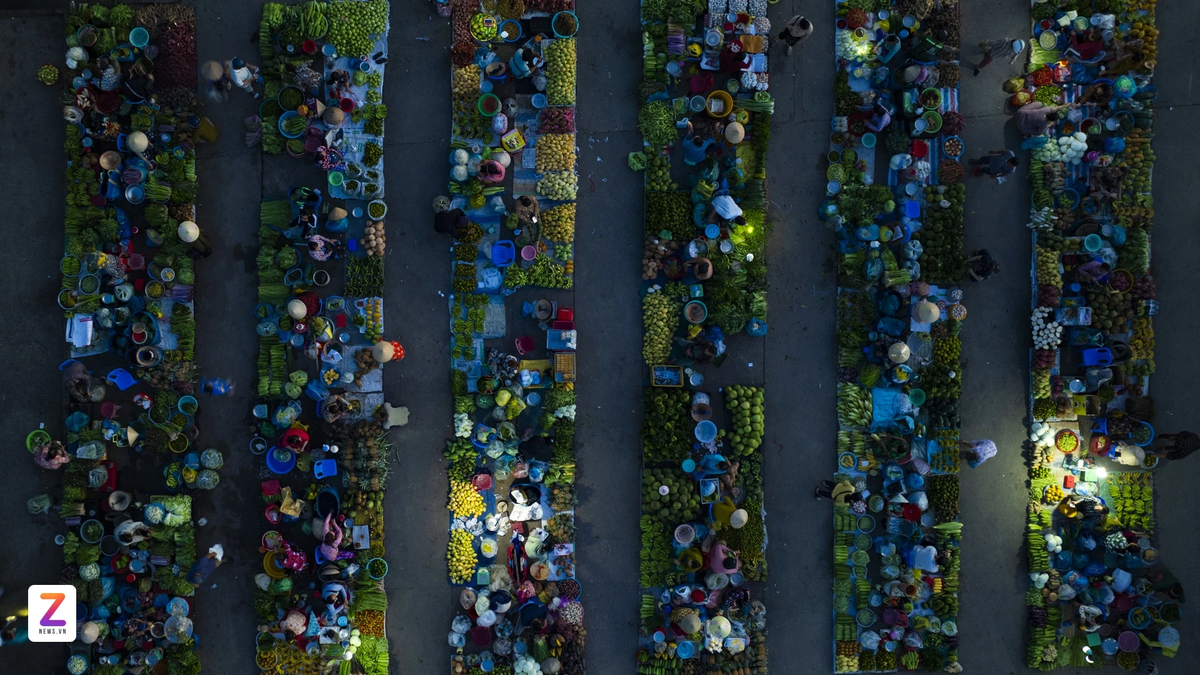
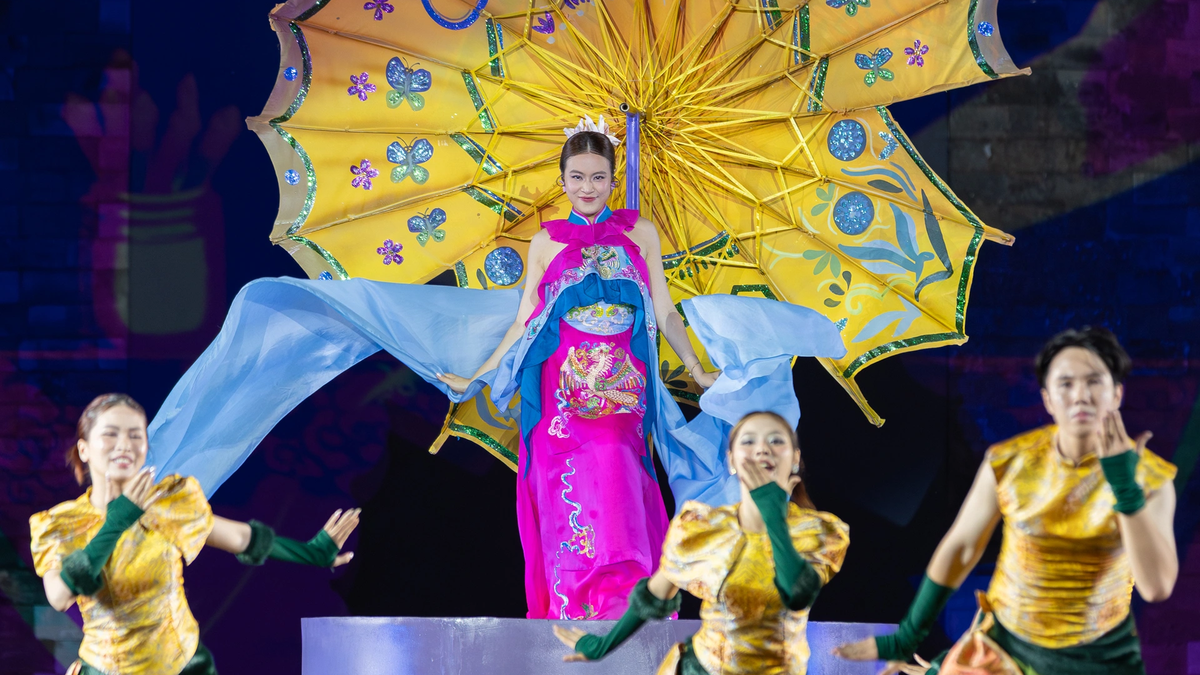

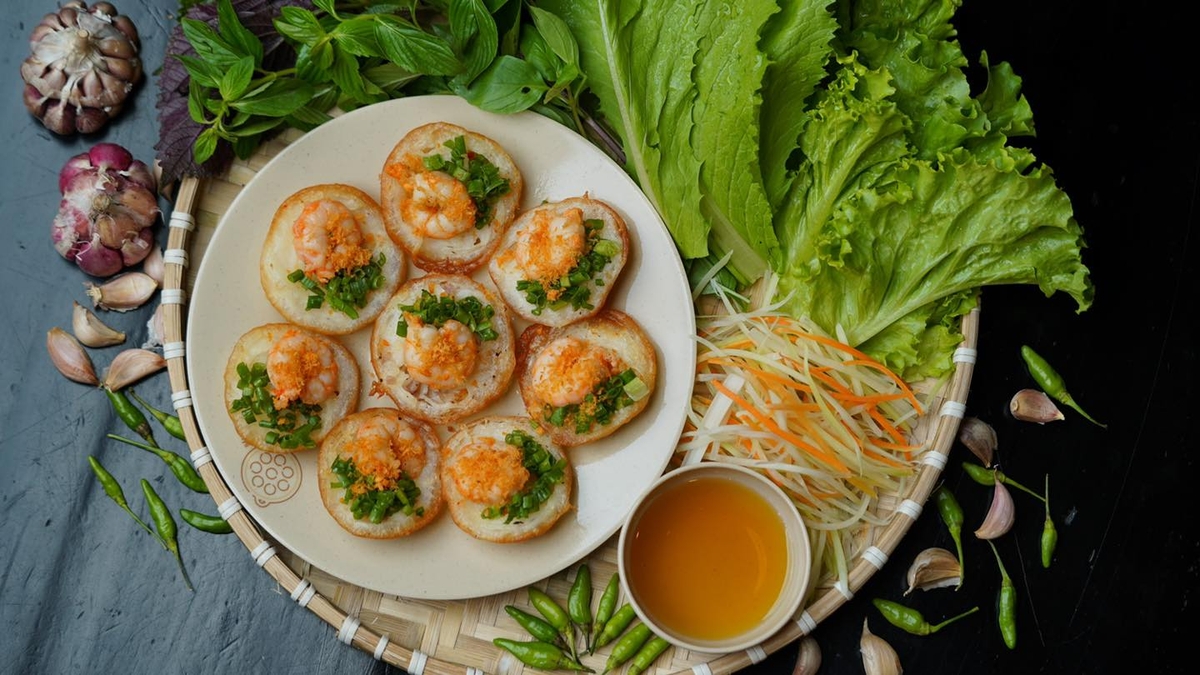
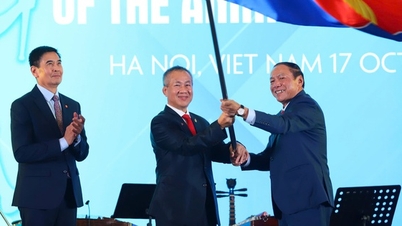



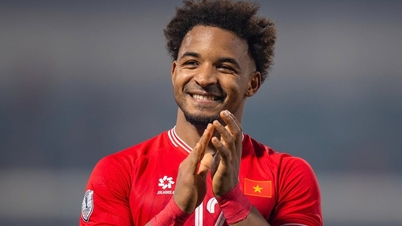

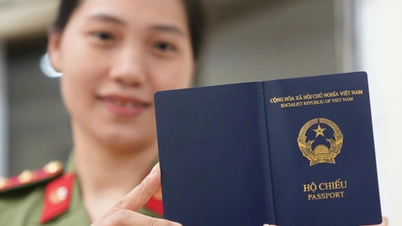
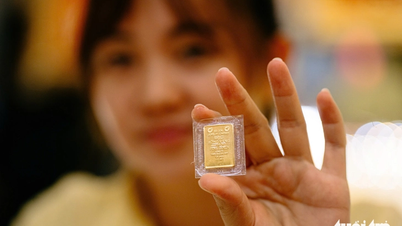
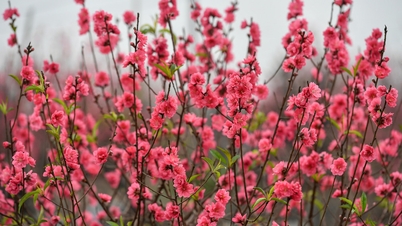

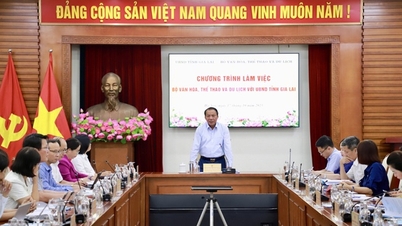
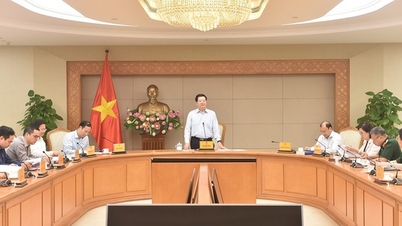


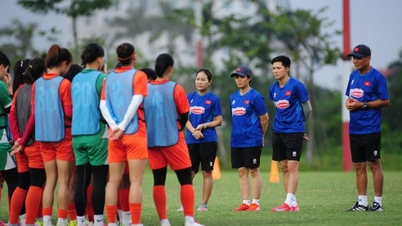

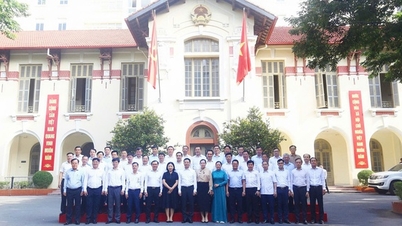

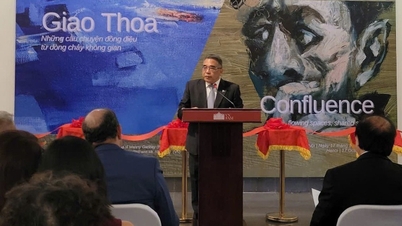

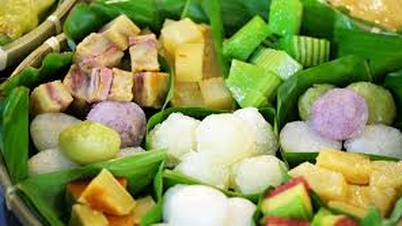

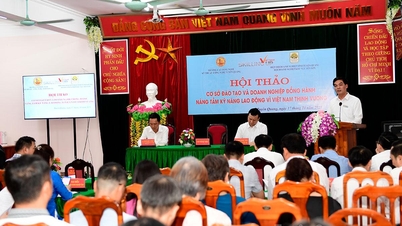

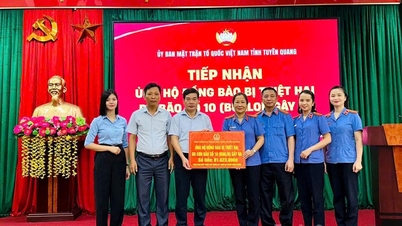
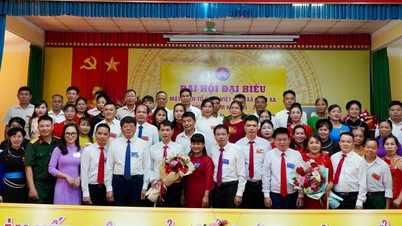
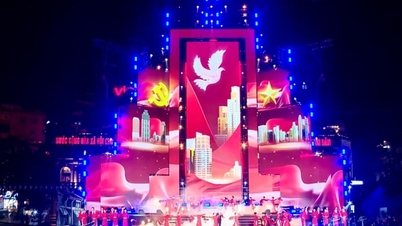

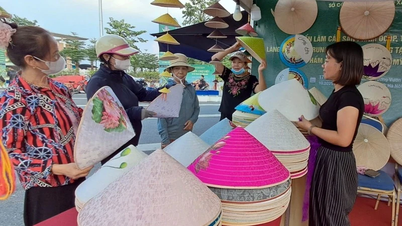
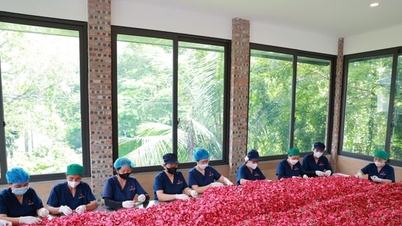
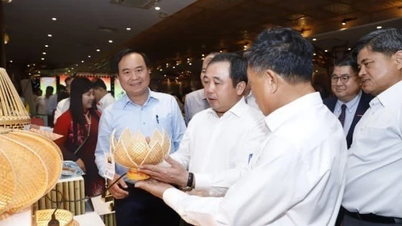

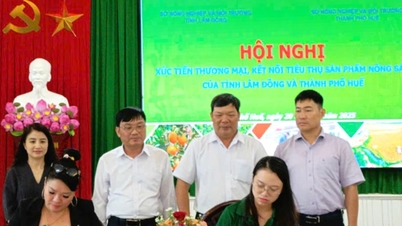

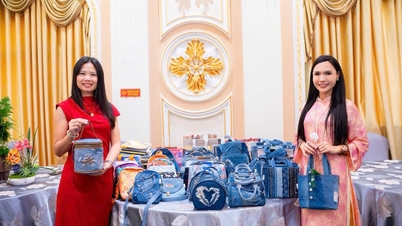





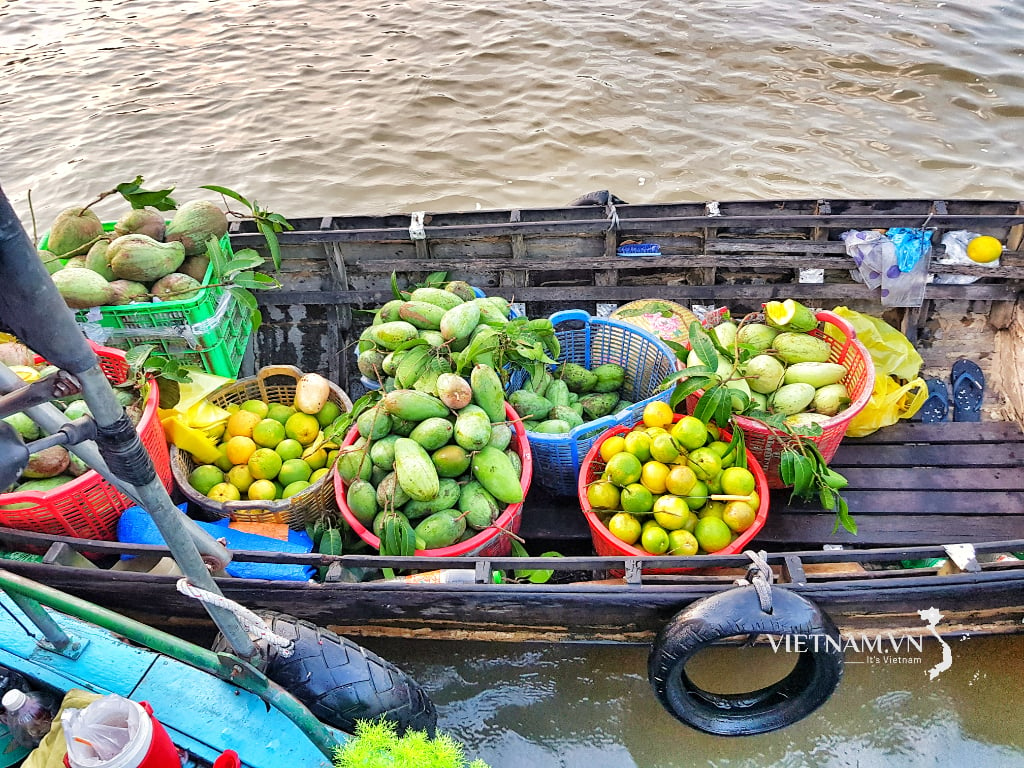
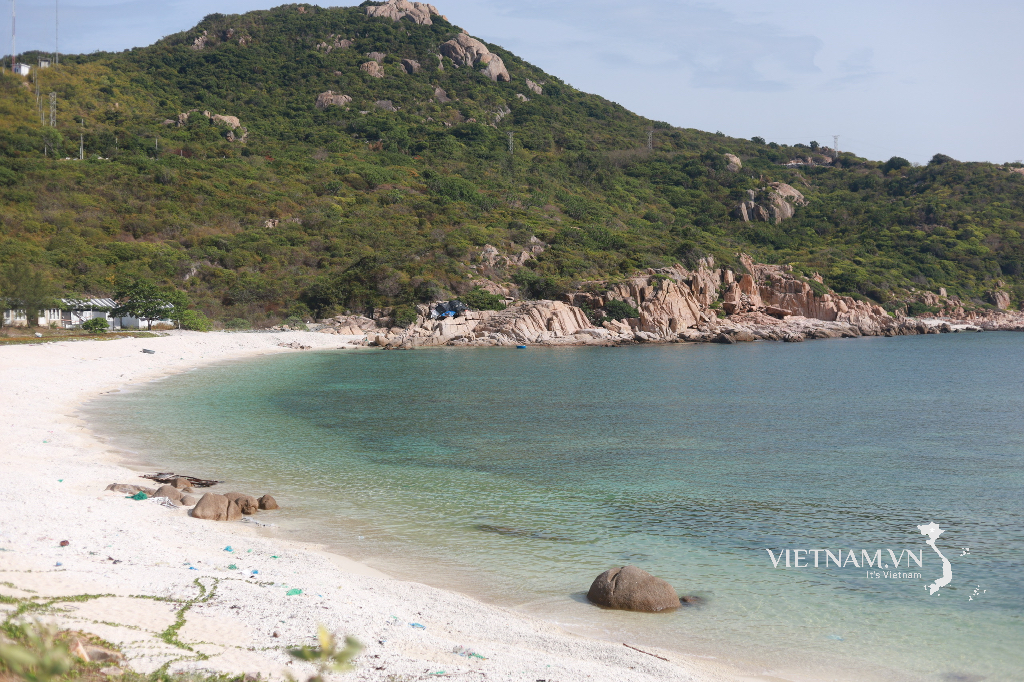
Comment (0)